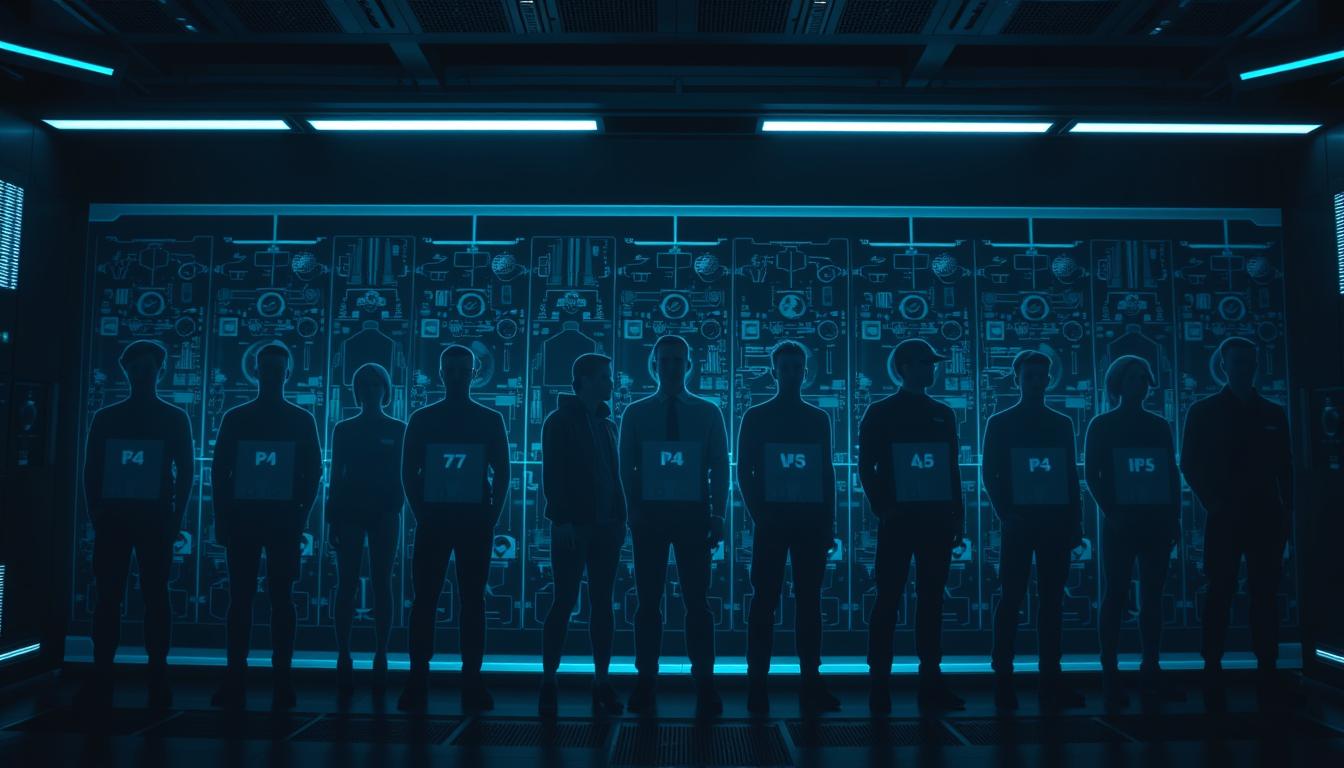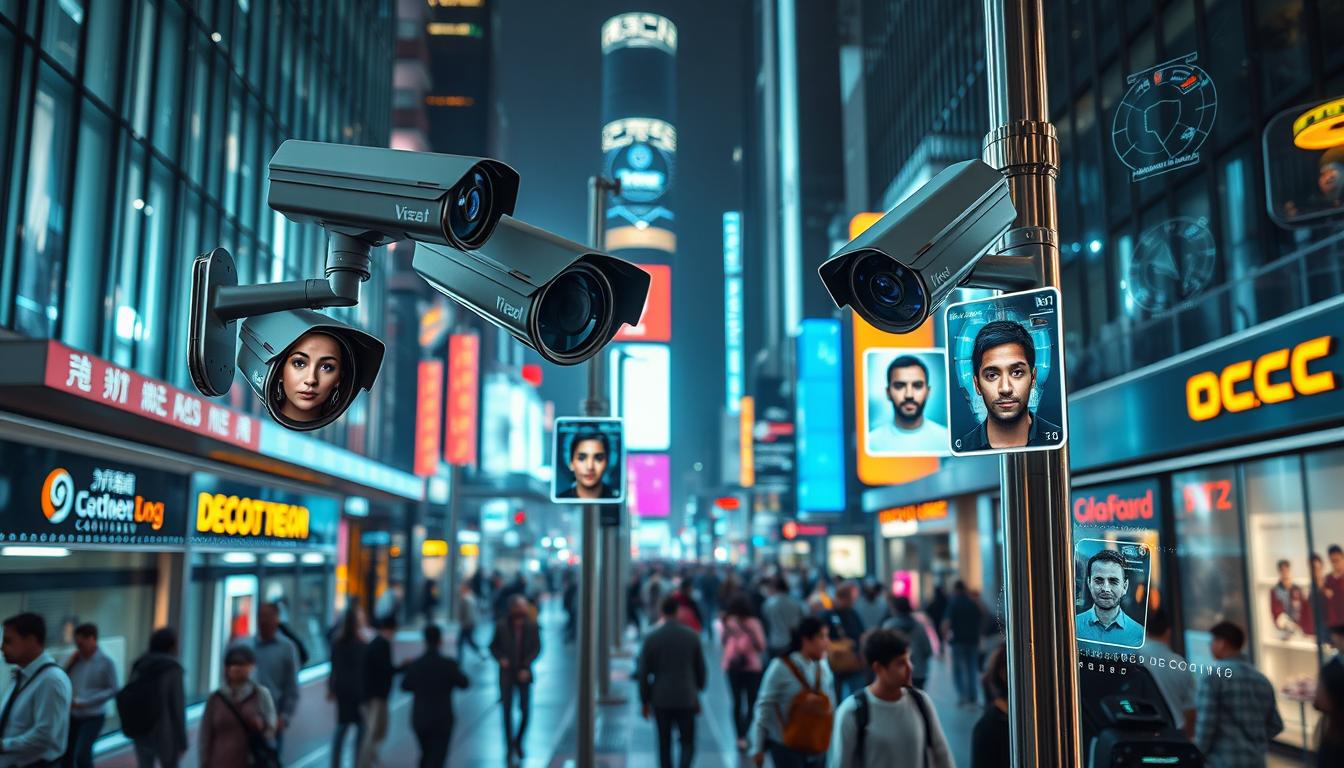Digital twins in smart cities let you create detailed, real-time virtual models of everything from traffic flow to tree health. You can simulate and analyze urban systems, identify vulnerabilities, and optimize infrastructure performance. By integrating data from sensors and smart materials, you’ll learn how to improve city resilience, efficiency, and sustainability. As you explore further, you’ll discover how these digital innovations shape smarter urban environments, making city management more responsive and proactive.
Key Takeaways
- Digital twins create dynamic virtual models of urban systems, enabling comprehensive monitoring and management of everything from traffic flow to tree health.
- They facilitate real-time data integration from sensors to simulate and optimize city operations like transportation and infrastructure maintenance.
- Modeling environmental factors helps predict and mitigate vulnerabilities such as flooding, earthquakes, and infrastructure failures.
- Digital twins support proactive asset management by detecting issues early in assets like water pipes, trees, and streetlights.
- Incorporating smart materials into digital twins enhances infrastructure resilience and enables predictive, adaptive urban planning.

Digital twins are transforming how cities operate by creating virtual replicas of physical infrastructure and systems. These digital models give you a real-time, dynamic view of urban environments, allowing you to simulate, analyze, and optimize various city functions. By integrating data from sensors, cameras, and other sources, you can gain detailed insights into everything from traffic flow to energy consumption. This capacity is revolutionizing urban planning, making it more data-driven and responsive. Instead of relying on outdated models or assumptions, you can test new ideas virtually before implementing them in the real world. For example, you might simulate a new public transportation route, forecast its impact, and adjust accordingly—all within the digital twin environment. This not only saves time and money but also helps you design smarter, more efficient cities.
Digital twins enable real-time simulation and optimization of urban systems for smarter city planning.
One of the key benefits of digital twins is bolstering infrastructure resilience. Cities face increasing challenges from climate change, aging infrastructure, and unexpected disruptions. Digital twins enable you to identify vulnerabilities in your city’s systems proactively. You can run simulations to see how a flood, earthquake, or power outage might affect critical infrastructure. These insights allow you to plan preventive measures, optimize resource allocation, and develop contingency strategies. For instance, if a digital twin reveals that a particular bridge is susceptible to flooding, you can prioritize reinforcement or alternative routes. This proactive approach helps minimize downtime, protect public safety, and ensure the continuous operation of essential services. Additionally, the use of smart materials in infrastructure can enhance durability and adaptability in response to environmental stresses.
Using digital twins, you can also monitor the health of urban assets like trees, streetlights, and water pipes. These virtual models help you track maintenance needs, detect issues early, and extend the lifespan of city infrastructure. For example, by modeling tree health, you can identify which trees are at risk of falling and pose safety hazards or cause damage. Similarly, digital twins of water systems allow you to detect leaks or blockages before they become major problems. This level of detailed monitoring supports a more sustainable approach to city management, reducing waste and saving costs over time.
Frequently Asked Questions
How Secure Are Digital Twin Systems in Smart City Applications?
You’re likely concerned about the security of digital twin systems in smart cities. These systems use data encryption to protect sensitive information and user authentication to guarantee only authorized access. While these measures boost security, vulnerabilities can still exist if not properly managed. Regular updates, strong passwords, and monitoring are essential to keep digital twins safe from cyber threats, ensuring your city’s data remains protected and reliable.
What Is the Cost of Implementing Digital Twins Across a City?
When considering the cost of implementing digital twins across your city, you need to factor in your budget considerations and potential scalability challenges. The initial investment can be significant, covering data collection, infrastructure, and ongoing maintenance. As your city grows, scaling the system may increase costs further. Planning carefully helps you balance your budget while ensuring the digital twin remains effective and adaptable to future needs.
How Do Digital Twins Adapt to Changing Urban Environments?
You see, adapting to changing urban environments requires digital twins to constantly update with new urban data. They use real-time adaptation by analyzing live information from sensors and IoT devices, allowing you to respond quickly to issues like traffic congestion or infrastructure wear. This continuous data flow helps the digital twin mirror your evolving cityscape, ensuring decision-making is accurate, timely, and effective for a dynamic urban environment.
What Are the Privacy Concerns Related to Digital Twin Data?
You should be aware that privacy concerns arise with digital twin data, especially around personal information. Implementing data anonymization helps shield individual identities, reducing risks of misuse. Additionally, effective consent management ensures residents authorize data collection and usage, maintaining trust. By prioritizing these measures, you can address privacy issues, safeguard sensitive information, and foster responsible data handling within smart city initiatives.
How Do Digital Twins Improve Emergency Response and Disaster Management?
Digital twins improve emergency response and disaster management by enabling real-time coordination and predictive analytics. You can monitor evolving situations instantly, allowing for quicker decisions and resource deployment. This technology helps you anticipate potential hazards, optimize evacuation routes, and allocate emergency services efficiently. By simulating scenarios, digital twins prepare you for various emergencies, ultimately saving lives and reducing damage through faster, more informed responses.
Conclusion
By embracing digital twins, you can truly get a handle on managing your city’s complex systems, from traffic flows to tree health. These virtual models help you spot issues early and make smarter decisions, turning challenges into opportunities. Remember, if you play your cards right, you’ll be ahead of the game. Digital twins aren’t just a tool—they’re your ticket to building a smarter, more resilient city where everything runs smoothly.









